Home>Interior Design>6 Clever Ways To Upcycle Leftover Decorating Materials: To Save Money And Be More Eco-friendly
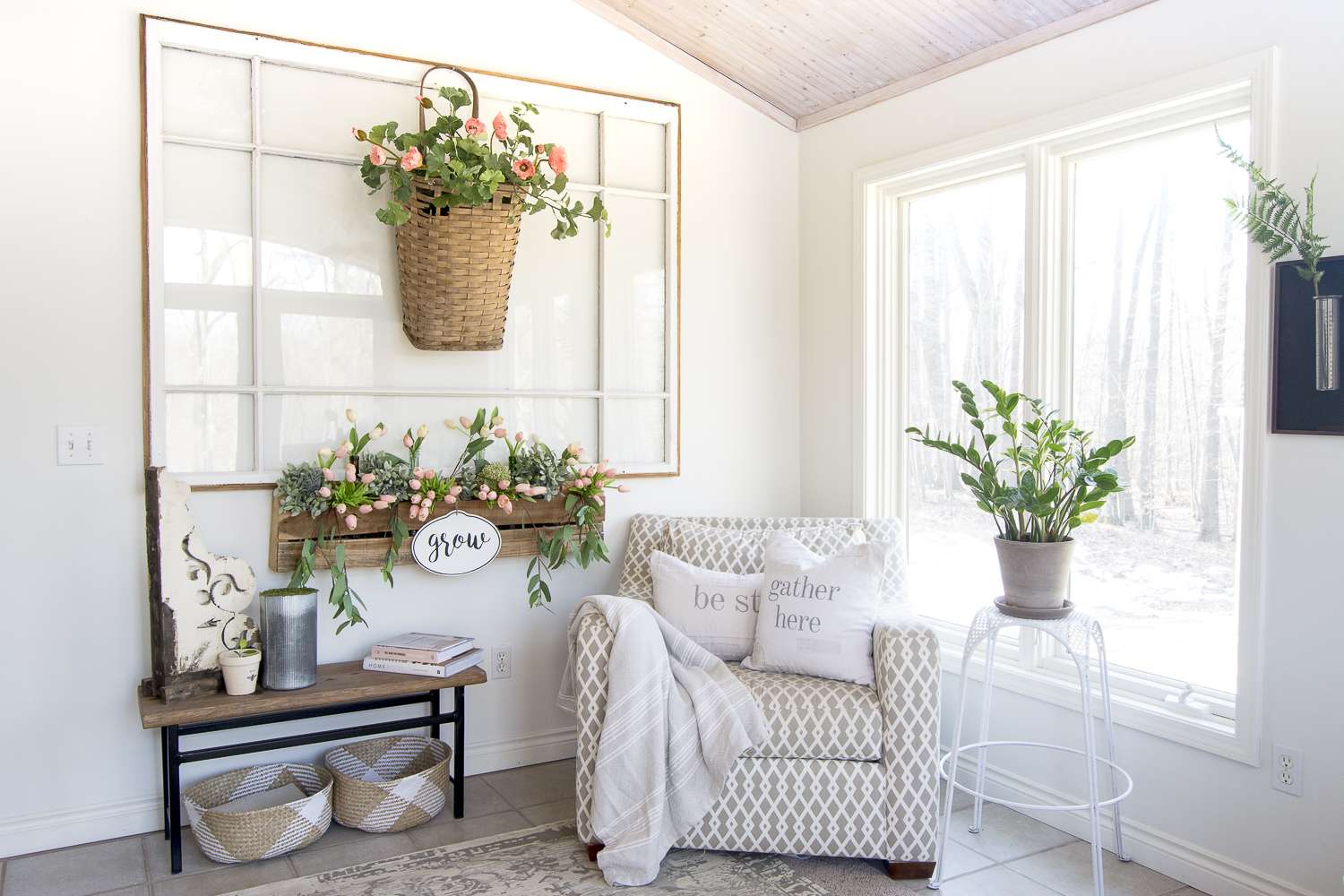

Interior Design
6 Clever Ways To Upcycle Leftover Decorating Materials: To Save Money And Be More Eco-friendly
Modified: September 2, 2024
Discover 6 genius ways to repurpose excess decorating supplies and become greener with our interior design tips. Save money and the environment today!
(Many of the links in this article redirect to a specific reviewed product. Your purchase of these products through affiliate links helps to generate commission for Storables.com, at no extra cost. Learn more)
Introduction
When it comes to interior design, every detail matters. From choosing the perfect color scheme to selecting the right furniture, homeowners put a lot of thought and effort into creating their ideal living spaces. However, once the project is complete, it’s common to be left with leftover decorating materials that often go to waste. But what if we told you there are clever ways to upcycle these materials, saving you money and helping the environment at the same time?
In this article, we’ll explore six innovative ways to repurpose those leftover decorating materials and elevate your interior design game. From wallpaper to paint cans, fabric scraps to wood, we’ll show you how to transform these seemingly useless items into stunning new additions to your home decor. Get ready to unleash your creativity and make the most out of what you already have!
Key Takeaways:
- Don’t let leftover decorating materials go to waste! Upcycle wallpaper, fabric scraps, paint cans, tiles, and wood into stunning new additions to your home decor. Get creative and save money while being eco-friendly.
- Unleash your creativity and transform leftover decorating materials into unique and functional pieces for your home. From artwork to planters, repurpose wallpaper, fabric scraps, paint cans, tiles, and wood to add a personal touch to your interior design.
Reuse Wallpaper
Wallpaper is a popular choice for adding pattern and texture to walls, but what do you do with the leftover rolls? Instead of tossing them in the trash, consider reusing them in creative ways.
One idea is to use wallpaper remnants to create unique art pieces. Cut out interesting patterns or images from the leftovers and frame them. These mini artworks can be hung on the wall or displayed on shelves to add a pop of color and personality to any room.
Another option is to use wallpaper scraps to line the back of bookshelves or cabinets. This unexpected touch can instantly transform a plain and boring storage unit into a stylish focal point. Simply measure the dimensions of the shelves, cut the wallpaper accordingly, and apply it with adhesive. The result is a customized and visually appealing storage solution.
Additionally, wallpaper can be repurposed to cover small pieces of furniture, such as side tables or drawer fronts. This technique works particularly well with self-adhesive wallpapers, as they are easy to apply and remove. Experiment with different patterns and colors to create a cohesive look that complements your existing decor.
Lastly, if you have larger remnants of wallpaper, consider using them to line the inside of trays or serving platters. This unexpected detail can elevate your table setting and make serving food or drinks feel more special. Plus, it’s a great conversation starter!
With a little creativity and resourcefulness, you can find endless uses for your leftover wallpaper. Don’t let it go to waste – reimagine it into something beautiful and unique!
Repurpose Fabric Scraps
If you’re a fan of sewing or have recently tackled a upholstery project, chances are you have a collection of fabric scraps lying around. Rather than letting them gather dust in a corner, why not repurpose them into something new and exciting?
One of the simplest ways to reuse fabric scraps is by turning them into decorative pillows. Mix and match different patterns and textures to create a visually dynamic arrangement. These pillows can be used to add a pop of color to your sofa or as cozy accents in a reading nook.
Another creative idea is to transform fabric scraps into unique wall art. Cut out geometric shapes or use stencils to create intricate designs, then attach them to canvas or a wooden frame. This DIY artwork adds a touch of boho or eclectic charm to any space.
If you have larger fabric pieces, consider repurposing them into table runners or placemats. This is a great way to add a personal and customized touch to your dining table. Experiment with different colors and patterns to create a table setting that reflects your style.
In addition, fabric scraps can be used to make stylish and functional storage solutions. Create fabric baskets or boxes to organize small items such as jewelry, craft supplies, or even bathroom essentials. These fabric organizers not only keep your space tidier, but they also add a touch of handmade charm.
Lastly, if you have a knack for DIY fashion, fabric scraps can be repurposed into accessories such as headbands, scrunchies, or even small purses. Let your creativity run wild and experiment with different sizes, shapes, and embellishments to create one-of-a-kind fashion statements.
By repurposing fabric scraps, you not only reduce waste but also add unique and personal touches to your home. So don’t let those leftover fabrics go to waste – let your imagination soar and breathe new life into them!
Upcycle Paint Cans
After completing a painting project, you might find yourself left with empty paint cans that you’re unsure what to do with. Instead of throwing them away, consider upcycling them into creative and functional pieces.
One way to repurpose paint cans is by transforming them into stylish planters. Clean out the cans thoroughly and drill a few drainage holes in the bottom. Then, add soil and your favorite plants to create a unique and eye-catching display. These DIY planters can be placed on your porch, balcony, or even indoors to bring a touch of greenery to your space.
In addition to planters, paint cans can also be repurposed as storage containers. Attach a handle or decorative knob to the lid, and use the cans to store small items like art supplies, office supplies, or even kitchen utensils. You can even label each can for easy organization.
If you’re feeling particularly creative, you can turn paint cans into unique lighting fixtures. Remove the lid and bottom of the can, then paint the exterior in a color of your choice. Add a pendant light kit and hang it from the ceiling to create an industrial-chic pendant light. This statement piece will surely spark conversation and become a focal point in any room.
For those who love entertaining, you can repurpose paint cans as drink coolers for parties. Clean and dry the cans, then fill them with ice and your favorite beverages. The metal construction of the cans will help keep drinks cold, and you can even decorate the exterior to match your party theme.
Don’t let those empty paint cans go to waste. Upcycling them not only reduces waste but also adds unique and functional elements to your home decor. Get creative and let your imagination run wild!
When upcycling leftover decorating materials, consider using old paint cans as planters for indoor or outdoor greenery. This not only saves money but also reduces waste and adds a unique touch to your decor.
Creative Uses for Leftover Tiles
Leftover tiles from a renovation or DIY project can be incredibly versatile and provide endless possibilities for creative and unique home decor. Instead of letting them sit unused, consider these creative ways to repurpose those leftover tiles.
One idea is to create a mosaic artwork using the leftover tiles. Break the tiles into smaller pieces and arrange them into a design or pattern on a wooden board or canvas. This DIY mosaic artwork can be a stunning focal point for any room, adding texture and visual interest to your walls.
If you have enough leftover tiles, you can repurpose them as coasters. Cut the tiles into smaller squares or circles, then sand down the edges to create a smooth finish. Add felt or cork backing to prevent them from scratching your surfaces. These unique and custom-made coasters can beautifully complement your existing decor and protect your furniture.
Another creative use for leftover tiles is to transform them into a unique backsplash for your kitchen or bathroom. Mix and match different tile colors and patterns to create a visually captivating design. This budget-friendly backsplash will not only protect your walls from splashes and stains but also serve as a stunning focal point in your space.
For those with a green thumb, leftover tiles can be repurposed into garden markers. Write the names of different herbs, flowers, or vegetables on the tiles using a permanent marker or paint. Stick them into your garden or planters to keep track of your plants and add a charming touch to your outdoor space.
If you have larger leftover tiles, you can repurpose them as unique and stylish serving trays. Clean and seal the tiles to protect them from staining, then attach handles to create a functional and eye-catching tray. This DIY project allows you to showcase your creativity while adding a practical and decorative element to your table setup.
Whether you’re creating artwork, coasters, backsplashes, garden markers, or serving trays, repurposing leftover tiles not only reduces waste but also adds a touch of creativity and personalization to your home. Don’t let those tiles go to waste – let your imagination run wild and transform them into something beautiful and unique!
Utilize Unused Paint Samples
We’ve all been there – after meticulously selecting paint samples and testing them on our walls, we end up with unused samples sitting in a drawer. Instead of letting them go to waste, consider these creative ways to utilize and repurpose those unused paint samples.
One of the simplest ways to use paint samples is as color swatches for future design projects. Keep them organized and labeled in a binder so you can easily reference different shades when planning a new painting or decorating project. This way, you’ll have a handy visual aid to ensure the colors you choose coordinate harmoniously.
Unused paint samples can also be transformed into unique and personalized art pieces. Gather several samples in complementary or contrasting colors and arrange them on a canvas or wooden board. Create shapes, patterns, or even abstract designs to showcase your creativity. This DIY artwork can be a striking addition to any room.
If you enjoy crafting or DIY projects, consider using paint samples to create custom-made greeting cards or gift tags. Cut the samples into smaller shapes or punch out interesting patterns. Attach them to cardstock or paper, and write your heartfelt messages. These handmade cards and tags will add a personal touch to any gift or occasion.
Another fun idea is to repurpose paint samples as bookmarks. Cut them into long, narrow strips, and punch a hole at one end. Thread a ribbon or string through the hole, and you have a colorful and unique bookmark to keep your place in your favorite book.
If you have children, unused paint samples can be repurposed into educational tools. Write letters, numbers, or shapes on the samples, and use them as flashcards or learning aids. These vibrant and tactile cards will make learning fun and engaging for kids.
Unused paint samples don’t have to go to waste. With a little creativity, you can use them as color references, create art pieces, make greeting cards or bookmarks, and even create educational tools. Embrace your artistic side and find new ways to repurpose these small but colorful samples.
DIY Projects with Extra Wood
If you’ve recently completed a woodworking project or have leftover wood from a renovation, don’t let it collect dust in your garage. Instead, get creative and embark on exciting DIY projects with that extra wood. Here are a few ideas to inspire you:
One of the simplest DIY projects you can undertake is creating a wooden shelf. Cut the wood into your desired length and width, sand down the edges for a smooth finish, and attach brackets to the wall to support the shelf. This versatile addition can be used to display books, plants, or decorative items and adds both functionality and aesthetics to any space.
Do you need some extra seating in your home? Repurpose that leftover wood into a stylish and sturdy bench. Cut longer pieces for the seat and shorter ones for the legs. Sand them down, assemble the pieces, and optionally add a coat of paint or stain to match your interior design. Place the bench in your entryway, dining area, or even outdoors to provide an inviting seating option for guests.
If you have a green thumb, consider building a raised garden bed with the extra wood. Cut the wood into equal-length pieces, then assemble them to create a rectangular frame. Fill it with soil and plant your favorite herbs, flowers, or vegetables. This DIY garden bed not only adds visual interest to your outdoor space but also makes gardening more accessible and organized.
Another creative use for leftover wood is to create a unique picture frame. Cut the wood into various lengths and sizes, then assemble them to form a frame. Sand and paint it to match your decor, and add a glass panel and backing to complete the frame. This DIY project allows you to showcase your favorite photos or artwork in a personalized and eye-catching way.
If you’re looking to enhance your storage solutions, repurpose that extra wood into a set of wall-mounted shelves or a floating shelf. Cut the wood into smaller pieces, sand them down, and attach them to the wall using brackets or hidden supports. These shelves can be used to display books, plants, or decorative items, helping you declutter and organize your space.
With a little creativity and some basic woodworking skills, you can transform that extra wood into functional and visually appealing pieces for your home. Whether it’s a shelf, bench, garden bed, picture frame, or storage solution, let your creativity shine and enjoy the satisfaction of turning unused wood into something beautiful and useful.
Conclusion
Repurposing leftover decorating materials is not only a great way to save money but also an opportunity to practice sustainability and unleash your creativity. In this article, we explored six clever ways to upcycle those materials and breathe new life into your interior design.
From reusing wallpaper and repurposing fabric scraps to upcycling paint cans, tiles, and wood, there are countless possibilities for repurposing and transforming these materials into unique and functional pieces for your home.
By thinking outside the box and finding creative uses for these leftovers, you can add a personal touch to your home decor, reduce waste, and even save money on new purchases. Whether it’s turning wallpaper remnants into artwork, transforming fabric scraps into pillows, repurposing paint cans into planters, or creating DIY projects with extra wood, the options are as limitless as your imagination.
So the next time you find yourself with leftover decorating materials, instead of letting them go to waste, consider repurposing them into something beautiful and unique. Embrace your creativity, experiment with different ideas, and let your DIY projects showcase your personal style.
Remember, interior design is not just about creating a beautiful space, but also about being mindful of our impact on the environment. By upcycling and repurposing these materials, you can make a positive difference, one project at a time.
So go ahead, get creative, and let your imagination run wild. Turn those leftover materials into treasures that will enhance your home and make a statement of sustainability and style.
Frequently Asked Questions about 6 Clever Ways To Upcycle Leftover Decorating Materials: To Save Money And Be More Eco-friendly
Was this page helpful?
At Storables.com, we guarantee accurate and reliable information. Our content, validated by Expert Board Contributors, is crafted following stringent Editorial Policies. We're committed to providing you with well-researched, expert-backed insights for all your informational needs.
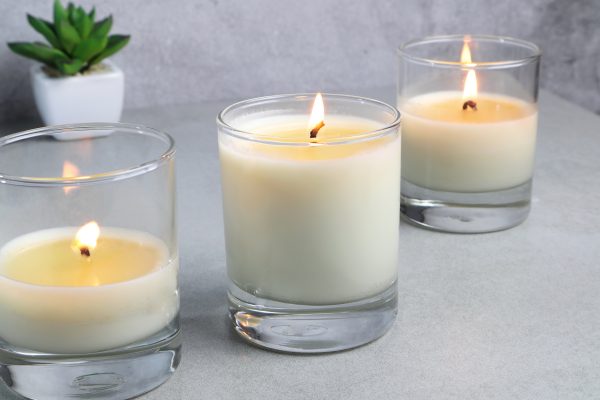
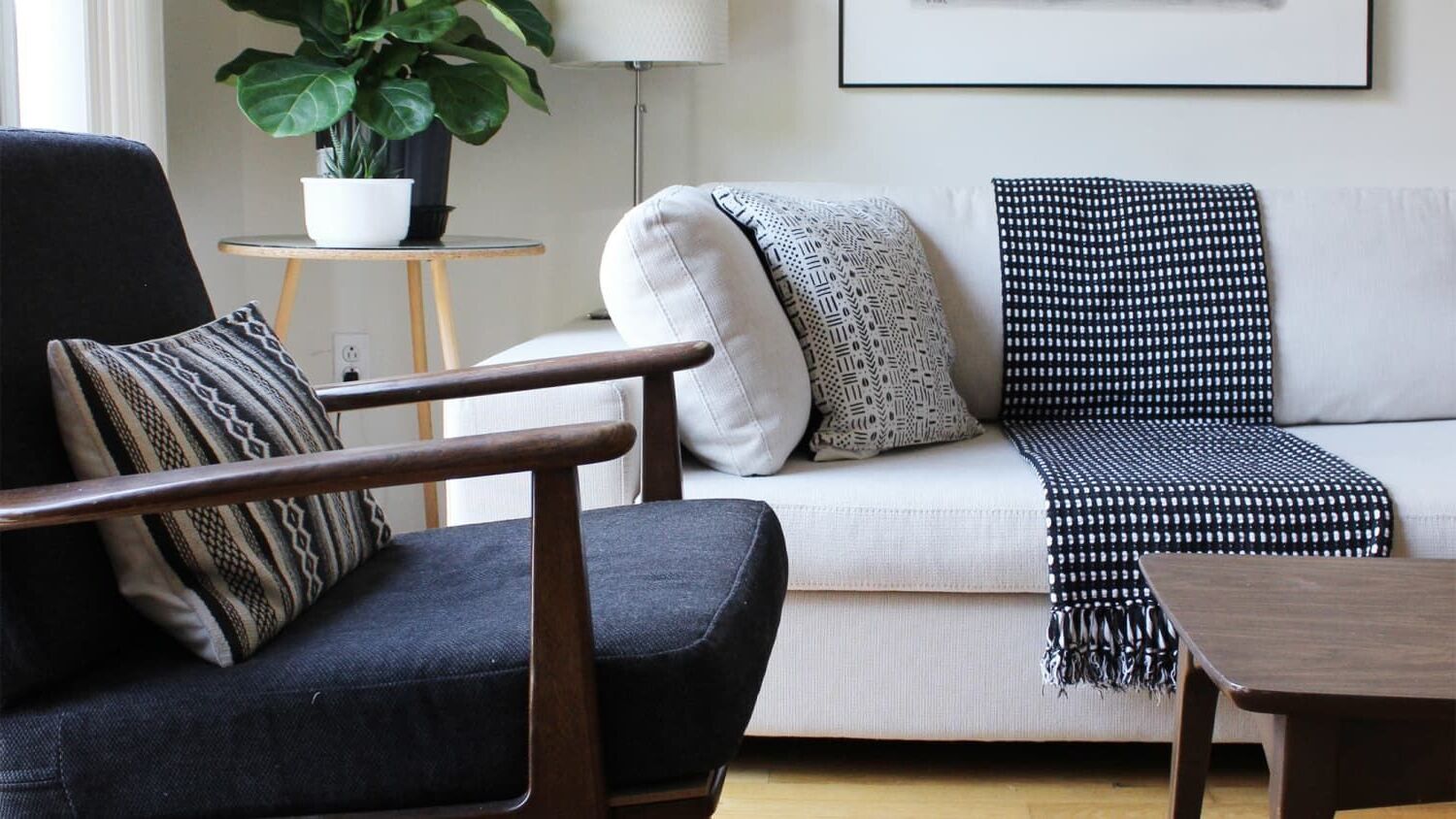
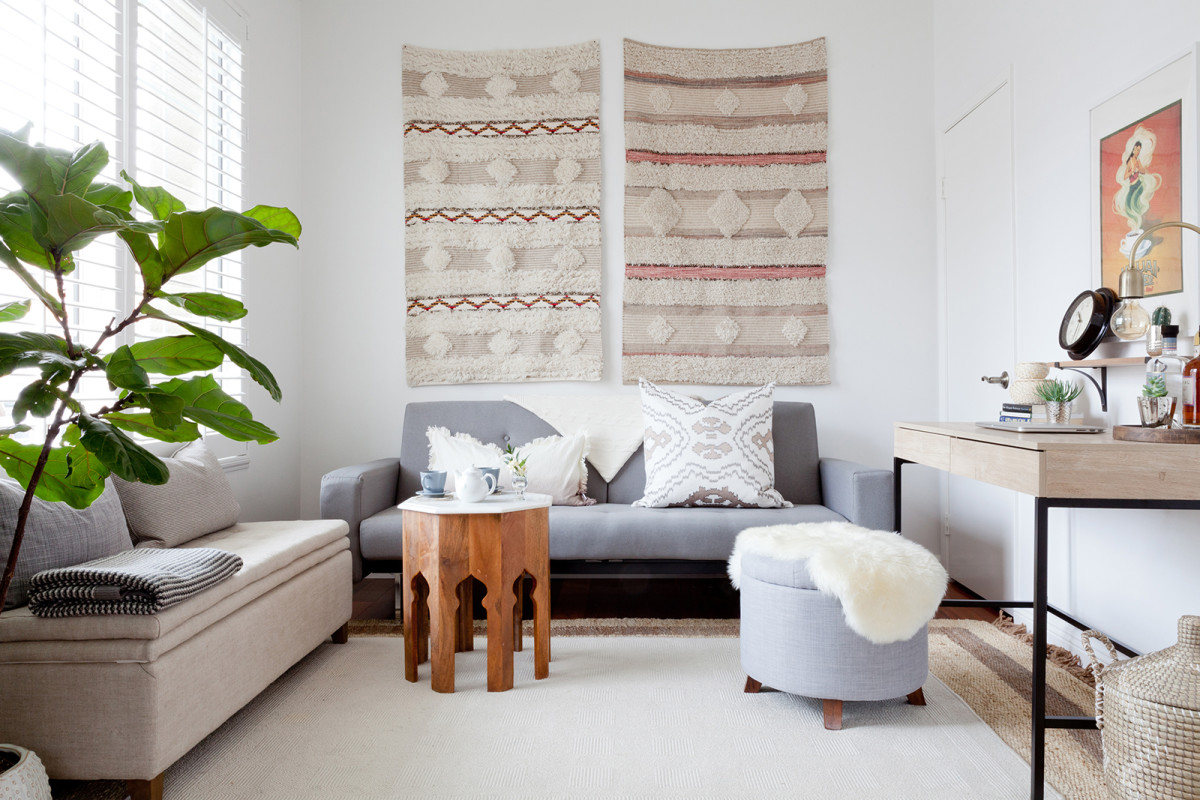
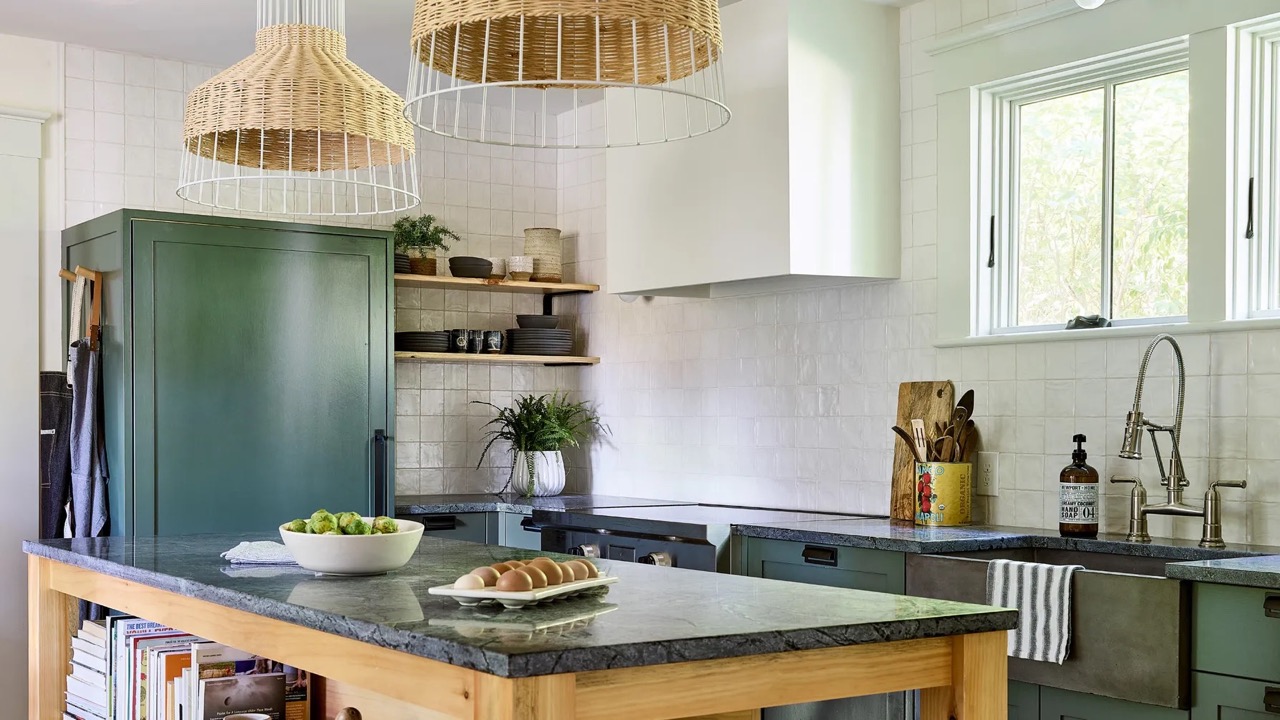

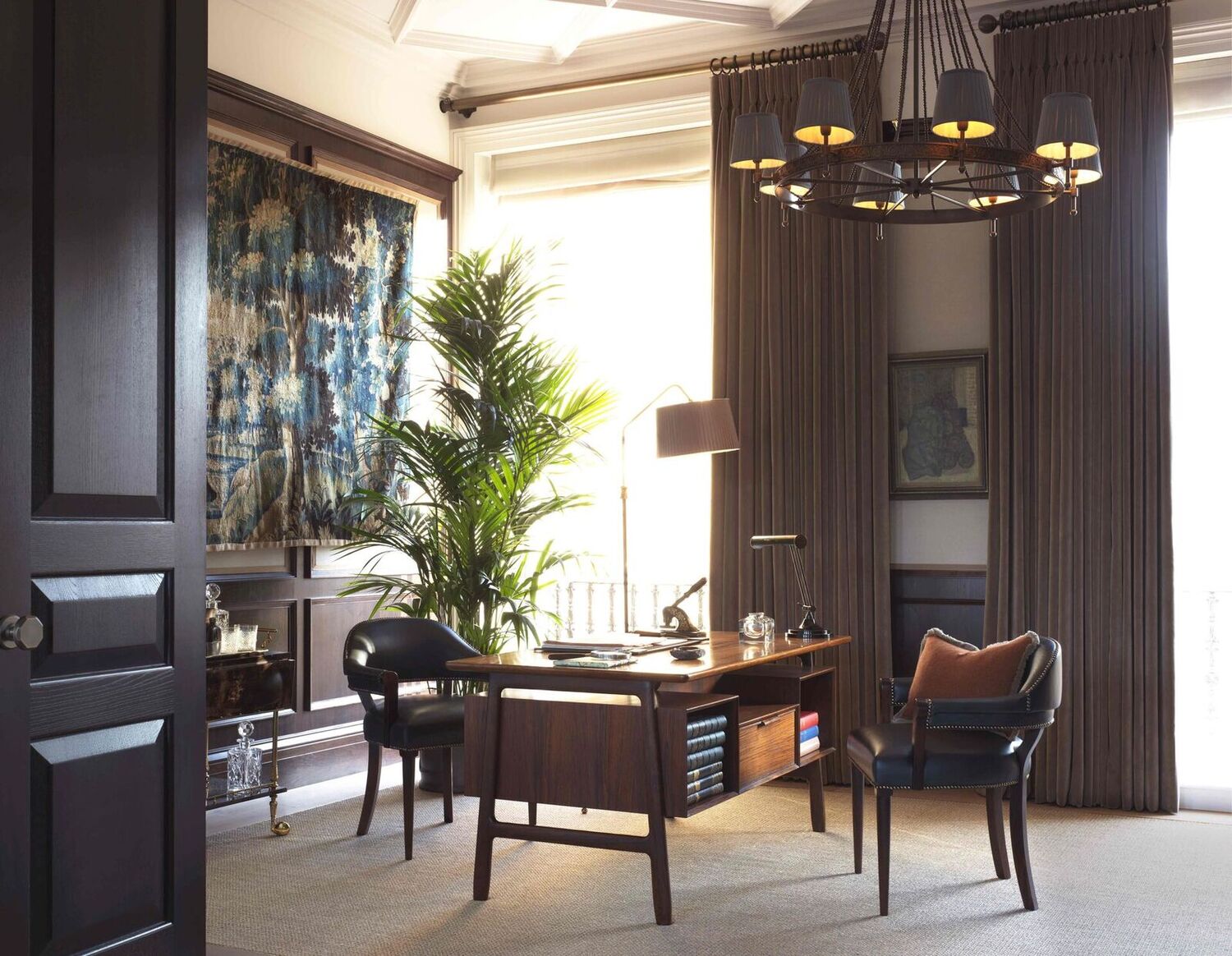
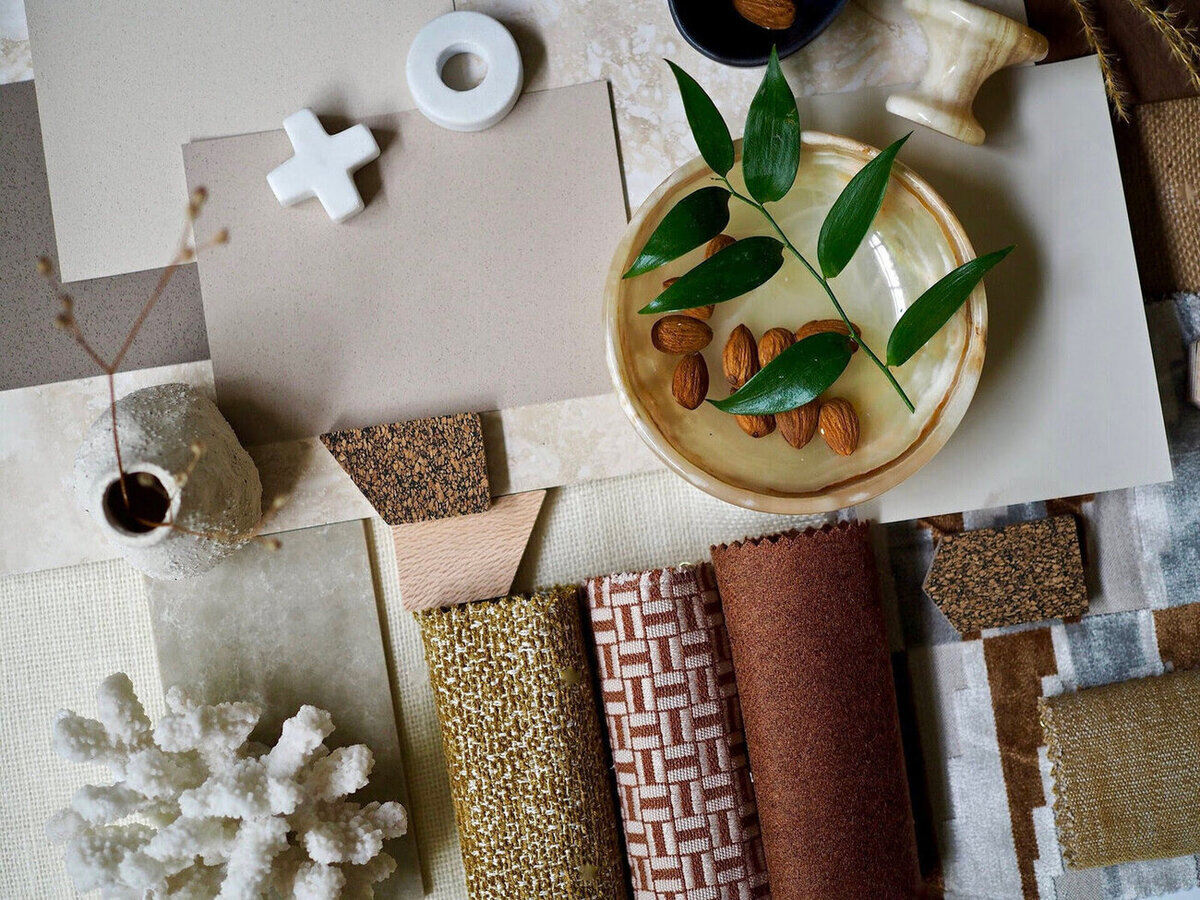
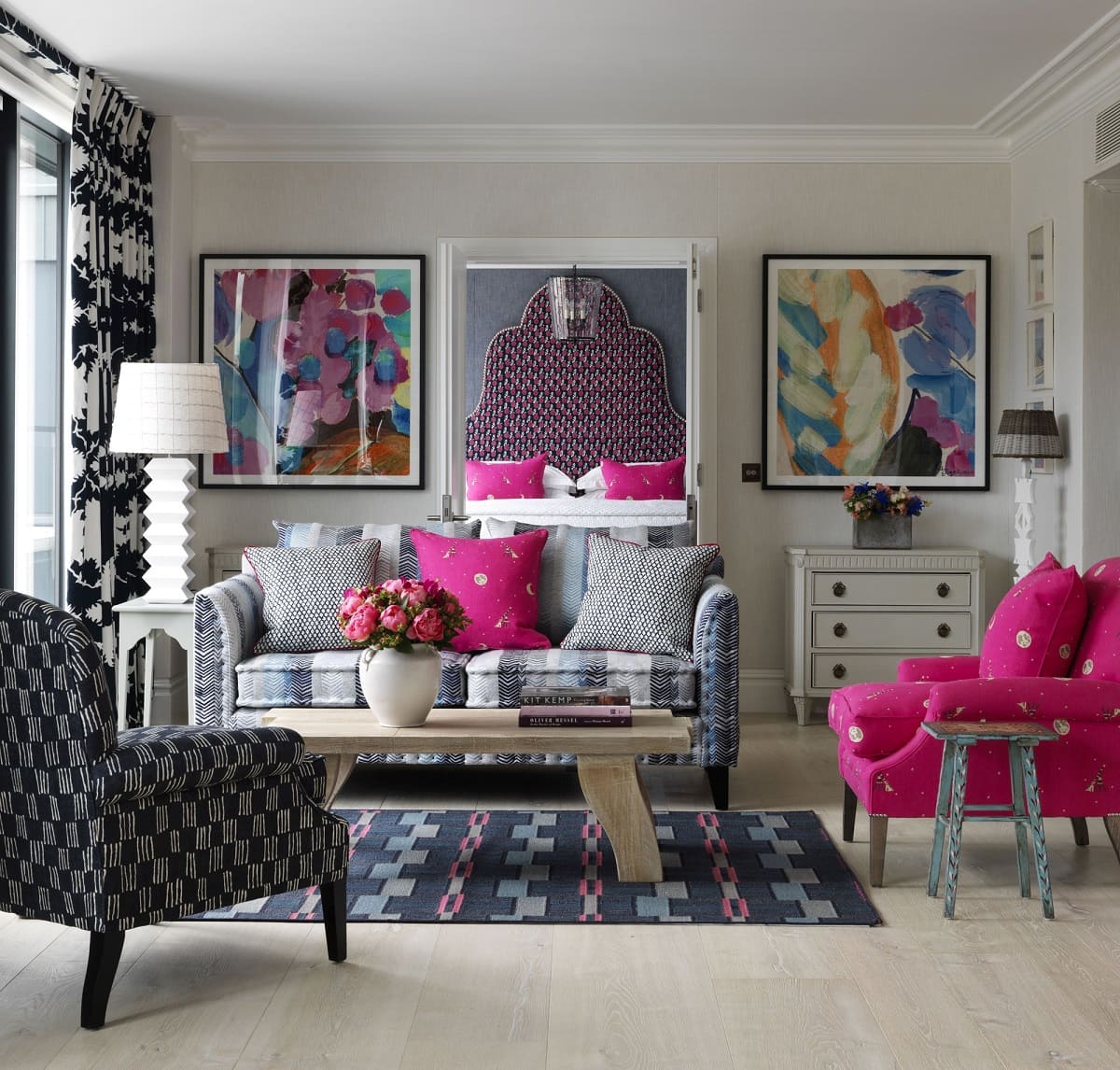
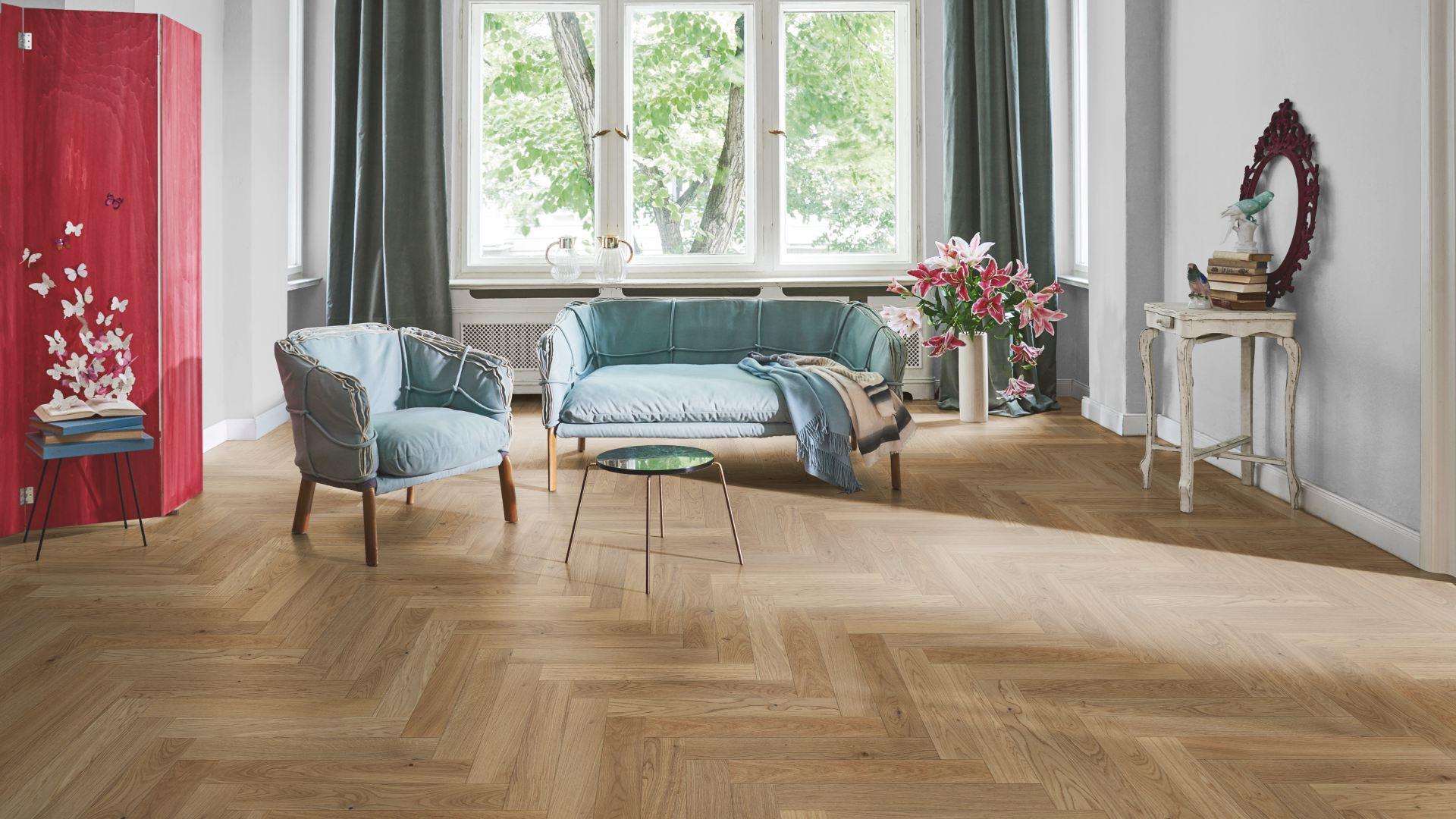
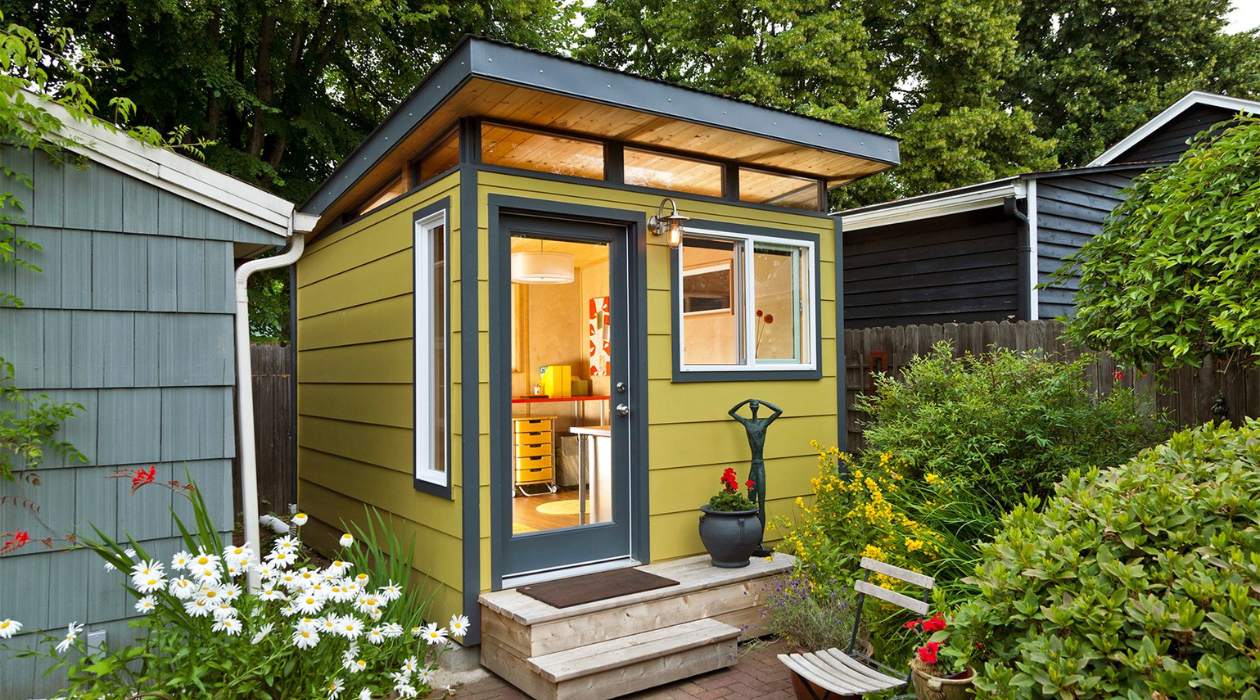

0 thoughts on “6 Clever Ways To Upcycle Leftover Decorating Materials: To Save Money And Be More Eco-friendly”